Earlier this summer my sister Alice and I stopped on our way to Manitoba to visit Schmidt Maple Woods near Stanley, Wisconsin. The region is scenic, slightly rolling farmland with scattered wooded areas. After spending the night in nearby Thorp (and enjoying an excellent supper at the Mesquite Grill & Pub), our planned early morning visit to the Schmidt site was delayed by an ominous shelf cloud rolling in from the northwest. Soon we were watching shingles flee the roof of the Fairbridge Inn (or maybe some other structure) amid torrents of rain, while we kept one eye on the nearest tornado shelter. Note: Advance the slide show below using the inconspicuous arrow at center right.
Eventually we were able to pay a wet but tasty visit to nearby Penterman Farm, home of Marieke Gouda, after which we surmised it might be dry enough to visit what we understood to be an "unimproved" woods. There are two yellow signs along "Copenhaver Avenue", the rural road that borders the woods, but the northernmost sign is partially hidden by foliage. As shown in the slides, nothing on the site itself actually says "Schmidt Maple Woods". Having missed the first sign, we parked near the sign at the south end of the property, where Alice braved wet and muddy underbrush while I stayed near the windy but dry road!
Recalling something online that advised entering near the northeast corner of the woods, we returned there and found the other sign. There's an inconspicuous pulloff (N 44°54.6895 W 90°54.1345) that leads to a faint path into the woods. This in turn leads to remains of the Schmidt farmhouse that burned down in 1935. As partly explained on the plaque placed on what we understand to be the original front step, Margaret Schmidt Bergsang converted her family's home to a nature preserve in memory of her mother and brother who died in the fire.
Margaret's other brother was Karl Patterson Schmidt, the herpetologist featured on our Scrapbook Vol I page. Their father, George Washington Schmidt, was a college professor and Christian Schmitt grandson, who changed his surname from Schmitt to Schmidt for unknown reasons. Although the property exists today as a natural rather than historic site, there are still remnants of other buildings, including a grain silo.
You may note that the trees look young for a site that hasn't been farmed for at least sixty years. As explained on the Wisconsin DNR site, a 1980 windstorm took down most of the trees in the northern part of the woods. We saw only a small portion of the 86-acre property during our brief visit. Given more time, this would be an interesting place to study birds and other wildlife. It's also within two hours of many points of interest in Wisconsin and eastern Minnesota.





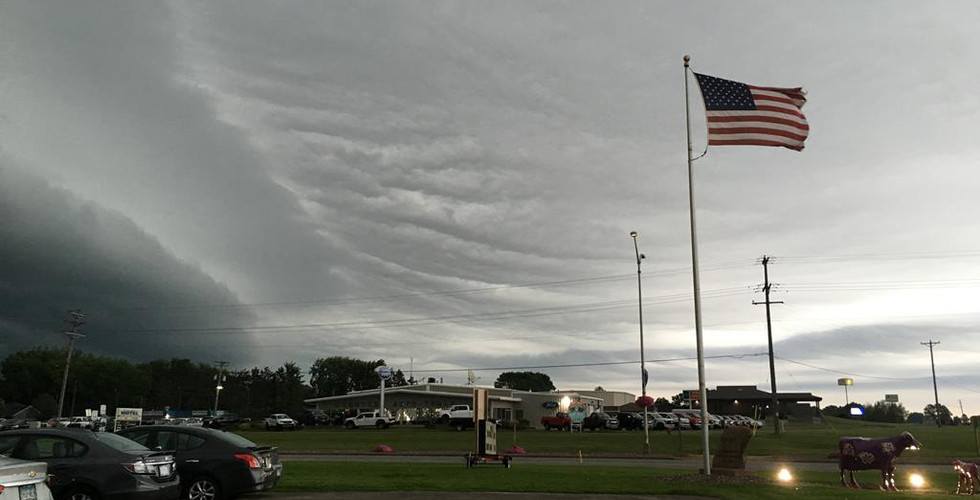



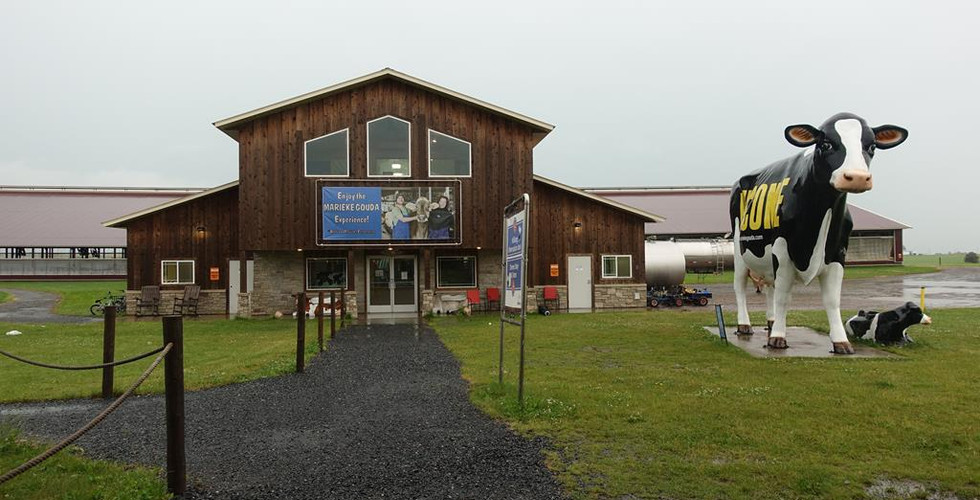

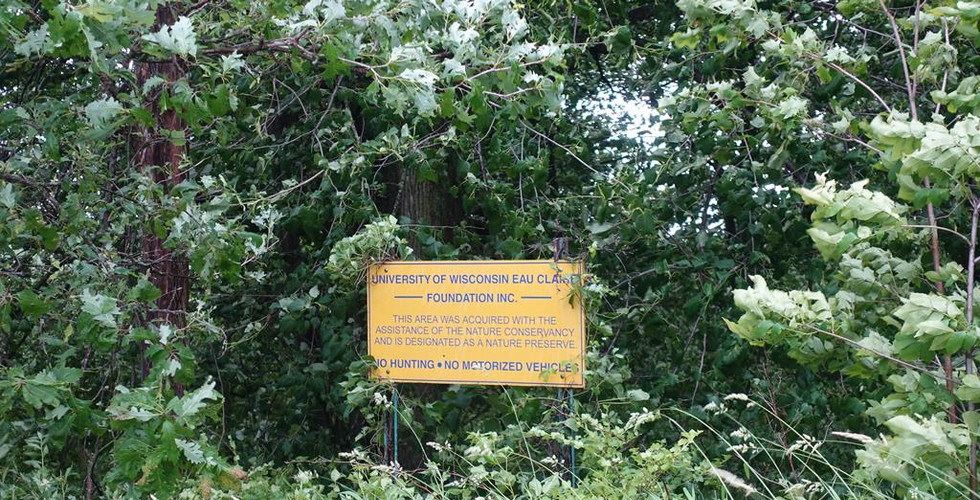









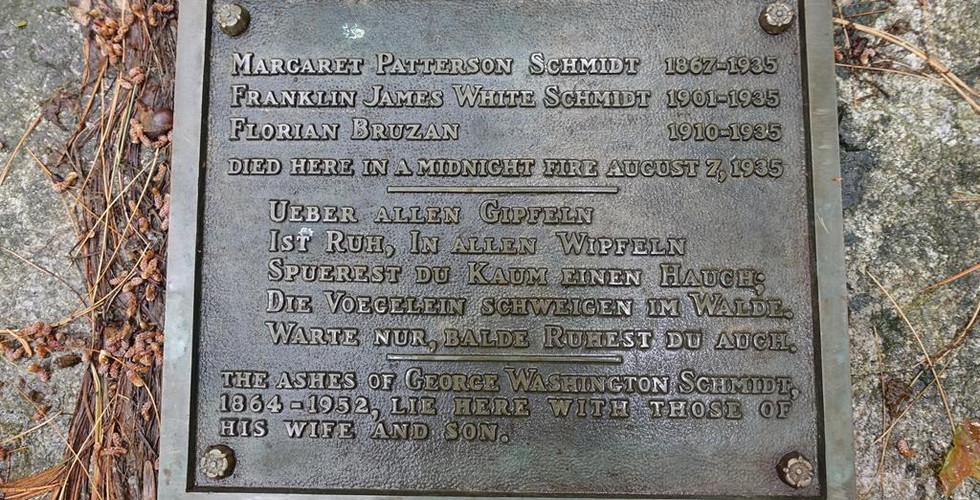

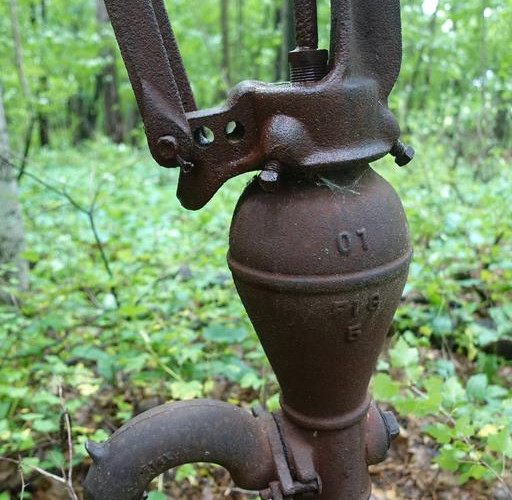






Many thanks, John, for the link to a very interesting article about Franklin Schmidt and his long-term influence. And I'm glad to be "rediscovered"!
Dear Janet, I've had quite a hiatus from this site, but so glad I've rediscovered it. I found this article just today apropos of your visit to the Schmidt Maple Woods last year. Thought you might find it of interest.
https://www.wisconsinacademy.org/magazine/summer-2019/essay/remembering-ecologist-franklin-schmidt